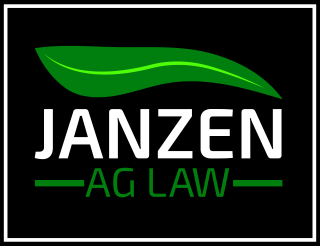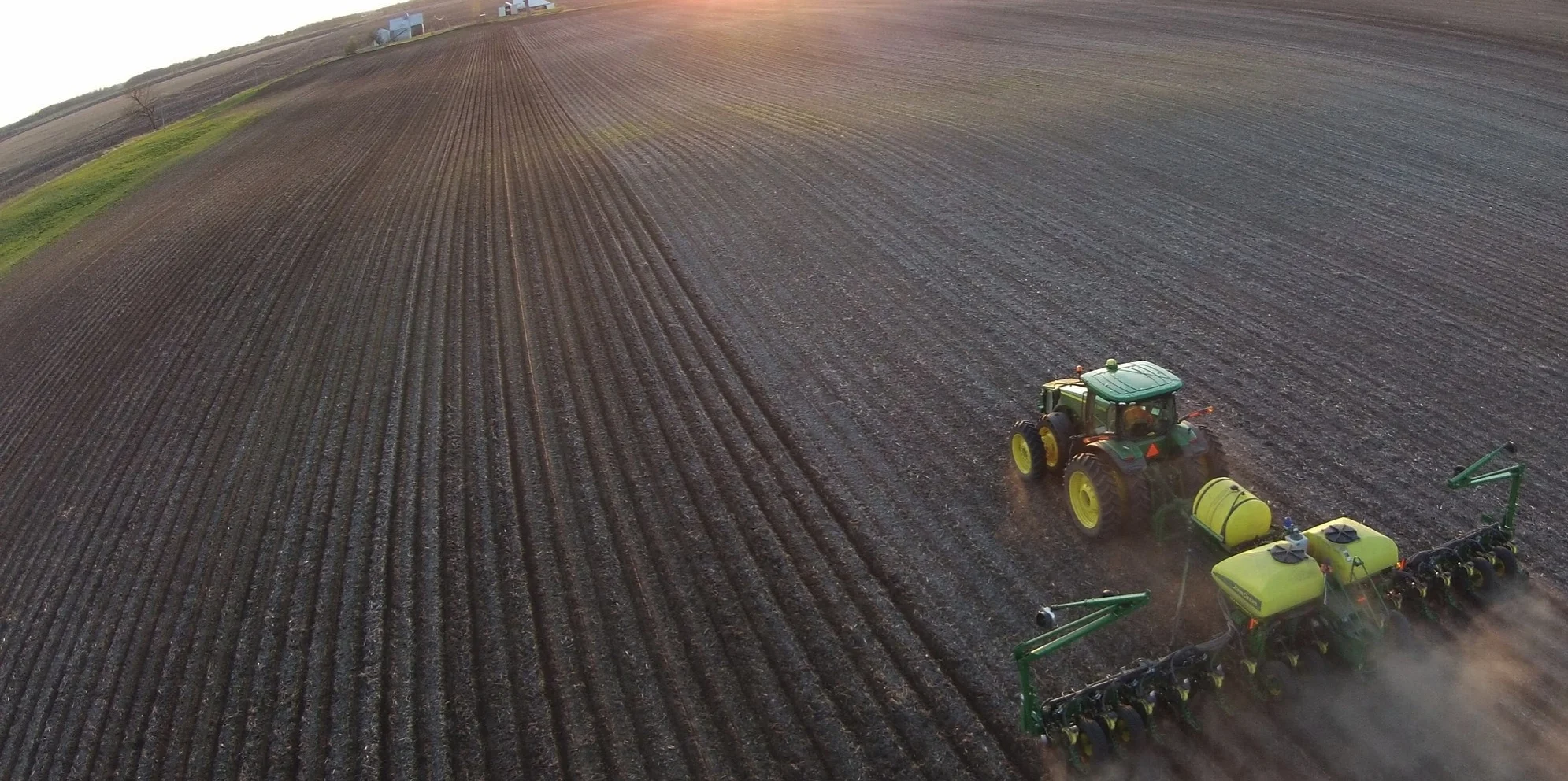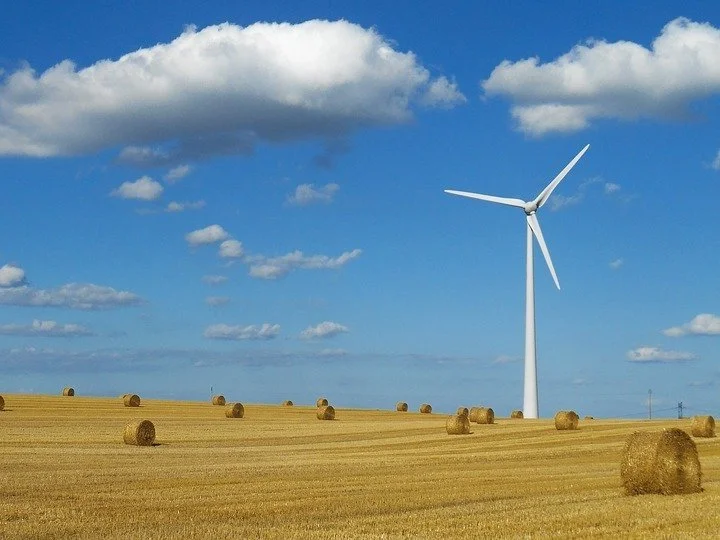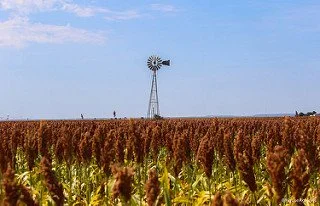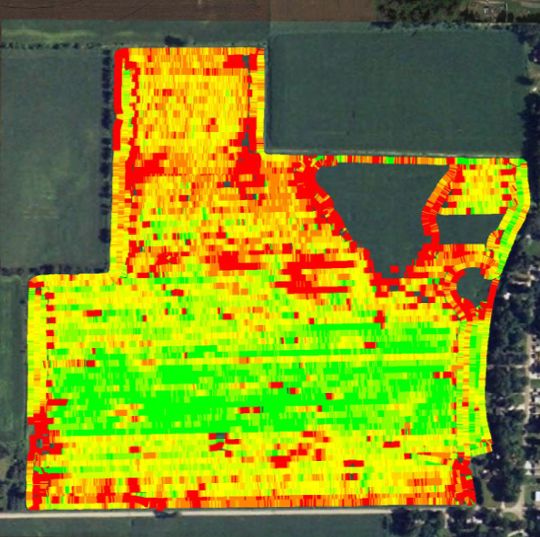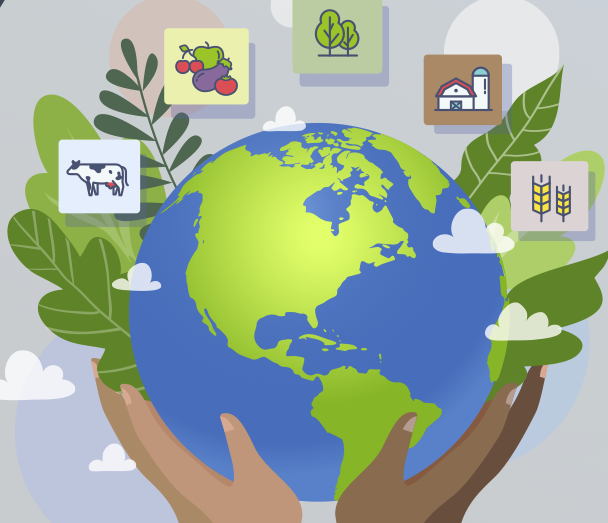Here Come the Carbon Food Labels
/A recent Forbes article touts that “Carbon Labels are Finally Coming to the Food and Beverage Industry.” The article cites examples from the UK and US where food packagers are voluntarily adopting and labeling their products with carbon rating. For example, chicken breast might have a carbon score of 5.9kg CO2e/kg, while blueberries have a carbon score of 1.5kg CO2e/kg (Source: Quorn). Carbon labeling advocates envision a world where all consumer products are labeled and buyers can make informed eating decisions based upon carbon scores. Just like you budgeted 2000 calories/day for yourself, and diligently track your caloric consumption with each meal on your smartphone app, you will be able to track and limit your daily carbon impact.
Putting aside the big-picture question of whether consumers will understand carbon scores and make purchases accordingly, this article looks at the legal complications arising from labeling food based upon its carbon score.
Most food labels today are binary—your product is either certified X (e.g. “organic”) or it is not. Carbon scoring is much more complex and challenging. A company that labels its food product with a carbon score is going to be subject to endless criticism that their methodology is wrong. There is no settled, universal approach to setting the carbon score for food. Does the carbon score of the packaging count towards the total? Does the distance traveled from farm to store count (something that may change after food is already scored)? Do the food processor’s efforts to offset carbon use count (such as solar panels on the roof of processing plant)? There are many organizations and companies trying to accurately measure the carbon impact of food, but that does not mean their methods are all equal. We will see, no doubt, consumer protection lawsuits filed by watchdog groups, state attorneys general, and others who see a particular carbon labelling scheme as inaccurate and misleading.
The laws of libel and slander protect persons and businesses from being the subject of harmful, untrue statements. If a grocery store chain (or online retailer) decides to impose its own carbon-labeling scheme on all products sold in its stores, the store will be picking winners (with low carbon scores) and losers (with high carbon scores). Farmer organizations that raise or grow food that is labeled the “loser” will inevitably challenge the carbon rating as libelous—an untrue disparaging comment about their product. For example, if almond “milk” is awarded a carbon score of 6 (1=best; 10=worst) but real cow’s milk is assigned a 8, dairy cooperatives may file suit, alleging that the grocery store’s high carbon rating on their product is libelous.
There will also be problems caused by multiple, competing carbon labeling certifications. Consumers will be confused when food Company A uses one method for labeling carbon impact of an avocado and Company B uses another method for an identical avocado. Is a “Carbon-Neutral” avocado better than a “Carbon-Friendly” avocado? Don’t underestimate well-intentioned state legislatures’ impact here either. One state will require mandatory carbon labeling on all food; another state will ban carbon labeling. The only solution could end up being federal pre-emption like we have seen with GMO labeling.
Will carbon labelers be allowed or encouraged to use the same tricks that nutrition labelers do? For example, if a food company wants to reduce the calories of their product, they reduce the portion side by increasing the “servings per container.” A 20 oz. bottle of soda is now 2 servings. Sure it is. But if I want to reduce my calorie intake, I can drink half and pour the other half down the sink. But wasting half would not have the same reduction in the carbon footprint.
Carbon food labels are coming. For a while, they are going to be messy and contentious. They are going to result in litigation and legislation. Still, my advice for farmers, food companies and industry representatives is to make sure you have a seat at the table. If you are not the voice for your industry or product’s carbon footprint, some one else will be.
